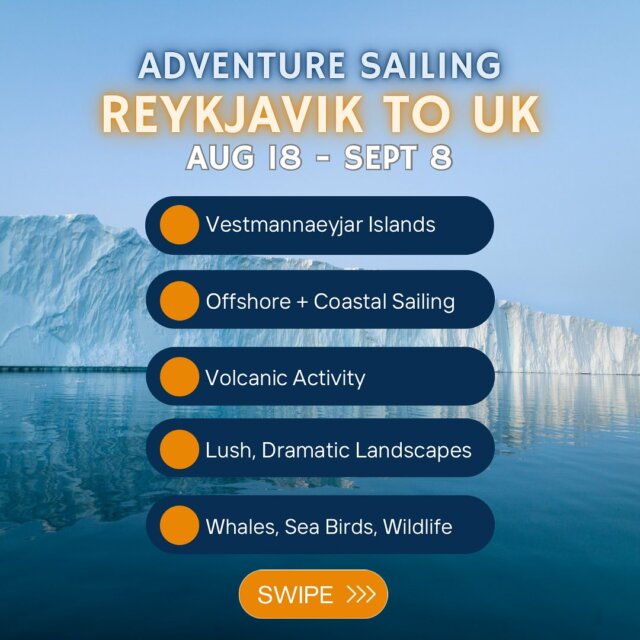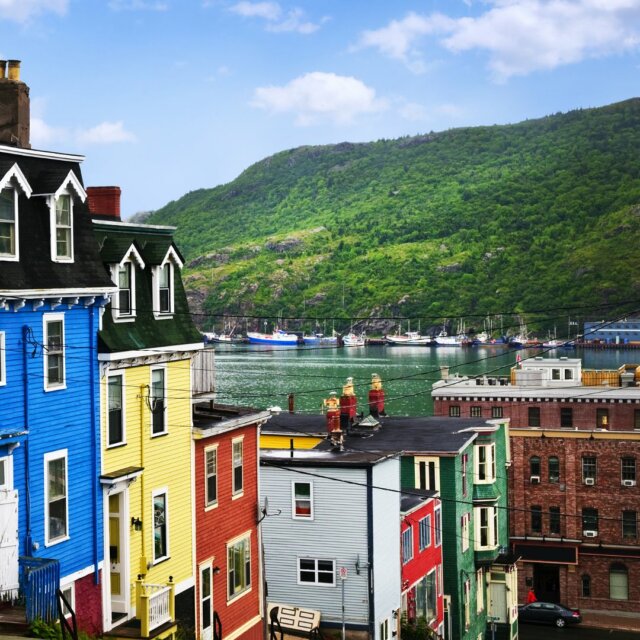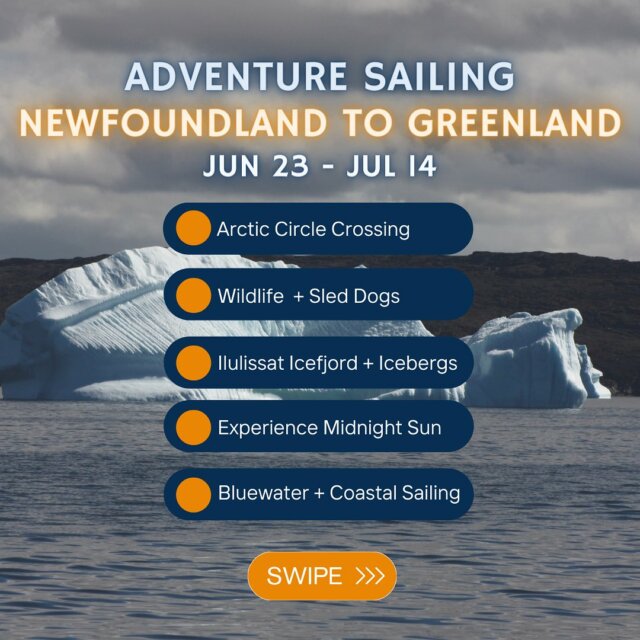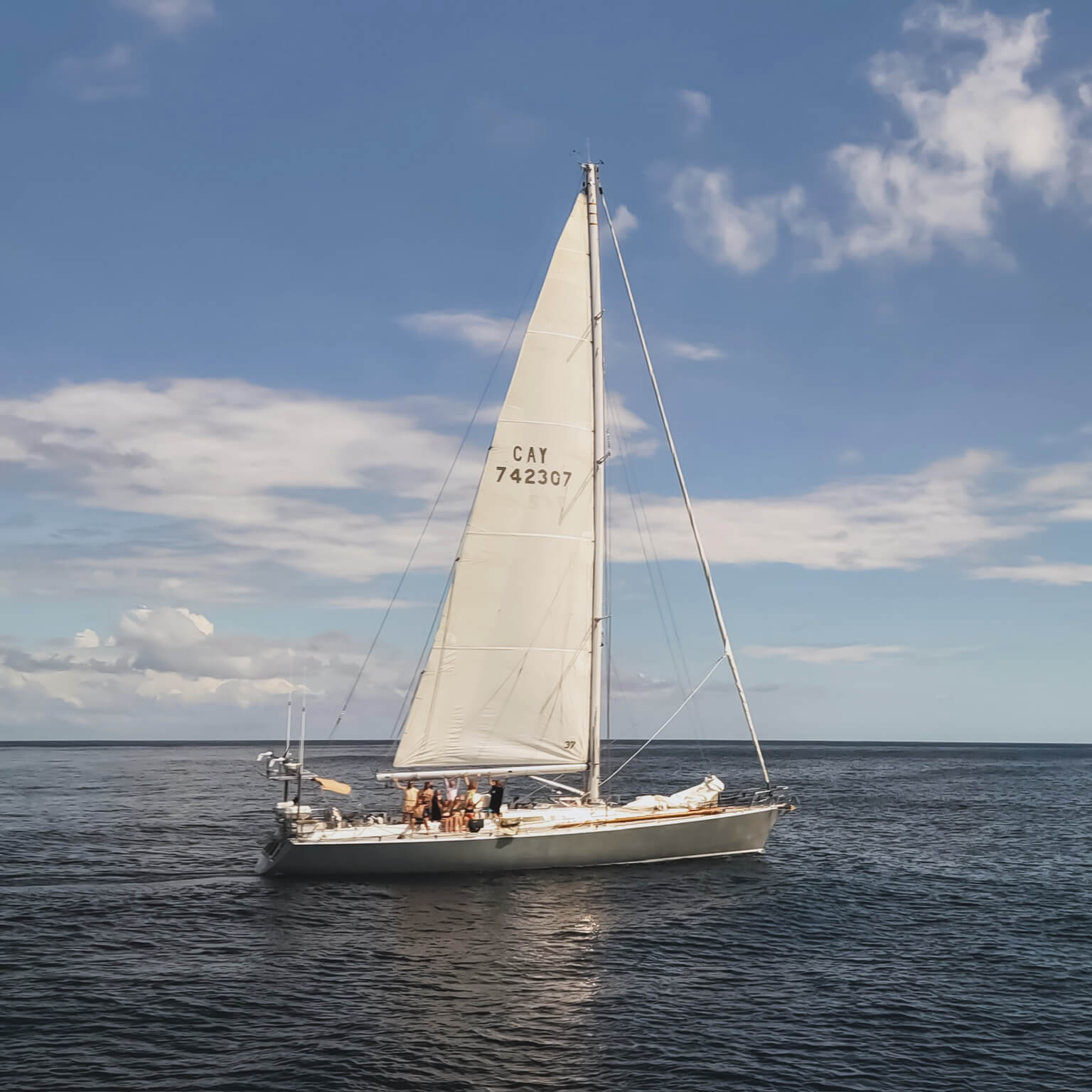That’s it, right there, the first time I saw the ocean- only 14 years old…
We recently had a chance to sit down to eat, talk and learn with a man that has been an inspiration to many of us in ocean conservation- and a one that thinks very differently than the rest of us. Wyland is best known for his worldwide collection of “whale walls” – massively over-sized canvasses of marine life. He has captured a colorful, inspiring, realistic face of the oceans that has a remarkable ability to connect with all people- across cultures, and places that often have little direct link to the ocean. Living in Cleveland years ago, I remember seeing his mural cover an entire building front on an otherwise dreary lakefront. Many, many people in the neighborhoods, and in cars on the expressway would never see whales in “real life.” Yet, we all were drawn to that imagery. Wyland created a powerful connection, a reminder to all of us that this is our ocean… a place that we are a part of.
I am impressed with Wyland because of his passion for the ocean. He told us about that first time seeing the ocean on the way to dinner in Laguna Beach. I respect somebody who can create that type of deep connection and then build a vocation- art- and an entire life around his dedication to the sea. The long term effect of his commitment has been an extraordinary collection of inspiring art- gray whales, orcas, sharks, manatees, billfish, turtles, even Nemo, created in canvass, sculpture, walls and multi-media. He has blended art and science to create a powerful window to the underwater world. Despite what some of us scientists may think, many…most people actually do not connect well through science alone. They do much better with art. Stories, images, impressions, colors and interpretations create diverse, accessible doorways that bring people into this new reality. This is particularly true of the sea. Our diving technology aside, we are of the land and poorly equipped to become part of the sea. Wyland’s art does this.
We are also impressed with his connection to children. He, like others, recognizes that young people are the greatest leverage point in changing the world around us. Their minds are more open, their ideals less tarnished, and aspirations less bounded…and they have a much longer runway to do good. His Wyland Foundation specifically targets young people to engage in art as a way of connecting with the natural world. By joining art and science activities together, they are able to engage both dimensions of these future leaders. Have a look at the good work they do: Wyland Foundation
We also talked about a point of common ground with our Sea Dragon expedition team. Jacques Cousteau was a profound influence for us all. Notice carefully in many of our video clips and photos – Sea Dragon crew wear the red French divers cap out of serious respect for Cousteau. He too brought art and science together to connect us with the sea. His art was film- pioneering underwater video and still photography. It was elegantly connected with exploration and early marine science to create a tremendously human experience that connected us to the ocean. As a young undergraduate at the University of Miami, we had a chance to visit Calypso informally. She was up the Miami River for an engine refit and overhaul prior to their Amazon expedition. Several of the crew were aboard overseeing work. I can never forget the feeling of reverence as we paced the ship, stood on the bridge, and gazed into the small cabin space, with the red-check tablecloth where Cousteau planned so many of his expeditions. This ship, on her missions of filming art and expedition science was our doorway to the sea…and the life that we now live.
Pangaea and 5 Gyres are committed to supporting this combination of art and science. The next 18 months has a growing list of writers, film makers and hopefully painters aboard. We are now actively looking at a way to put an “artist in residence” on every leg of the voyage. This is an old maritime tradition. The HMS Beagle carried both Charles Darwin and artist Conrad Martens as she set out from Montevideo south to Valparaiso Chile. in 1833.
People like Cousteau and Wyland deserve our thanks for making connections and inspiring larger lives in us all. They create bridges between art and science, our daily lives ( a Cleveland industrial site) and the broader reality, and between our searching youth and hard working adult lives.
Ron, Portia, Atlas, Marcus and Anna




























































































